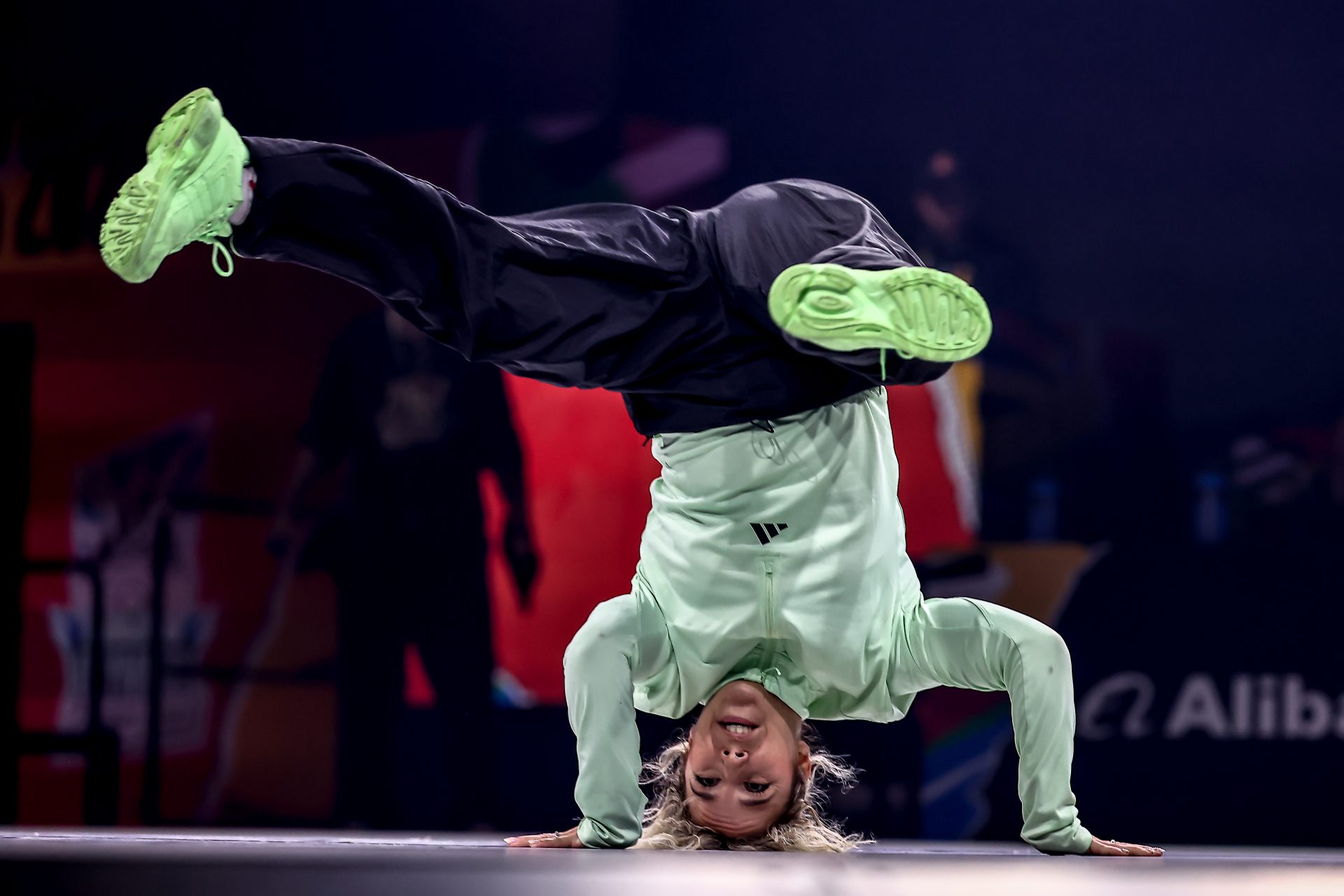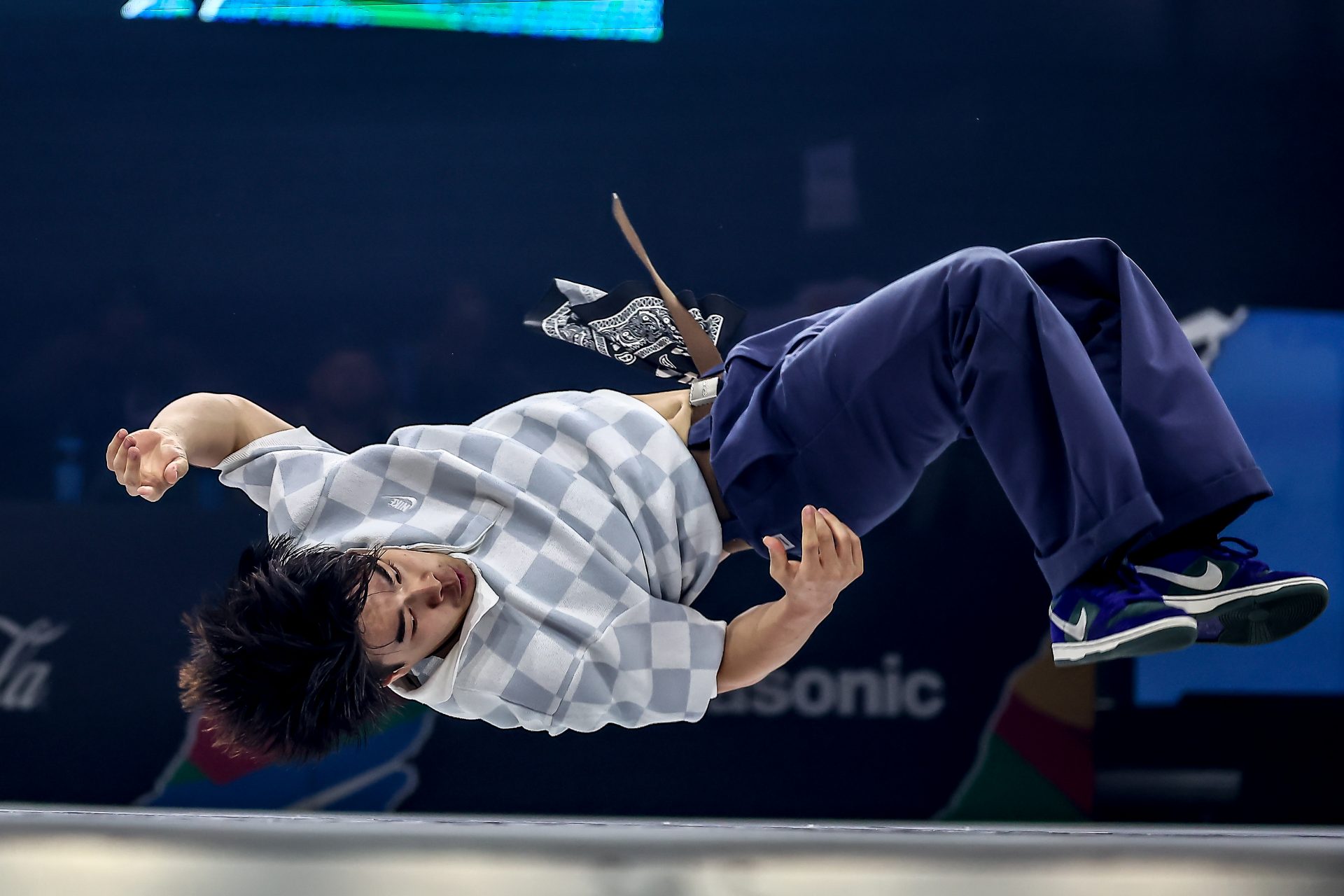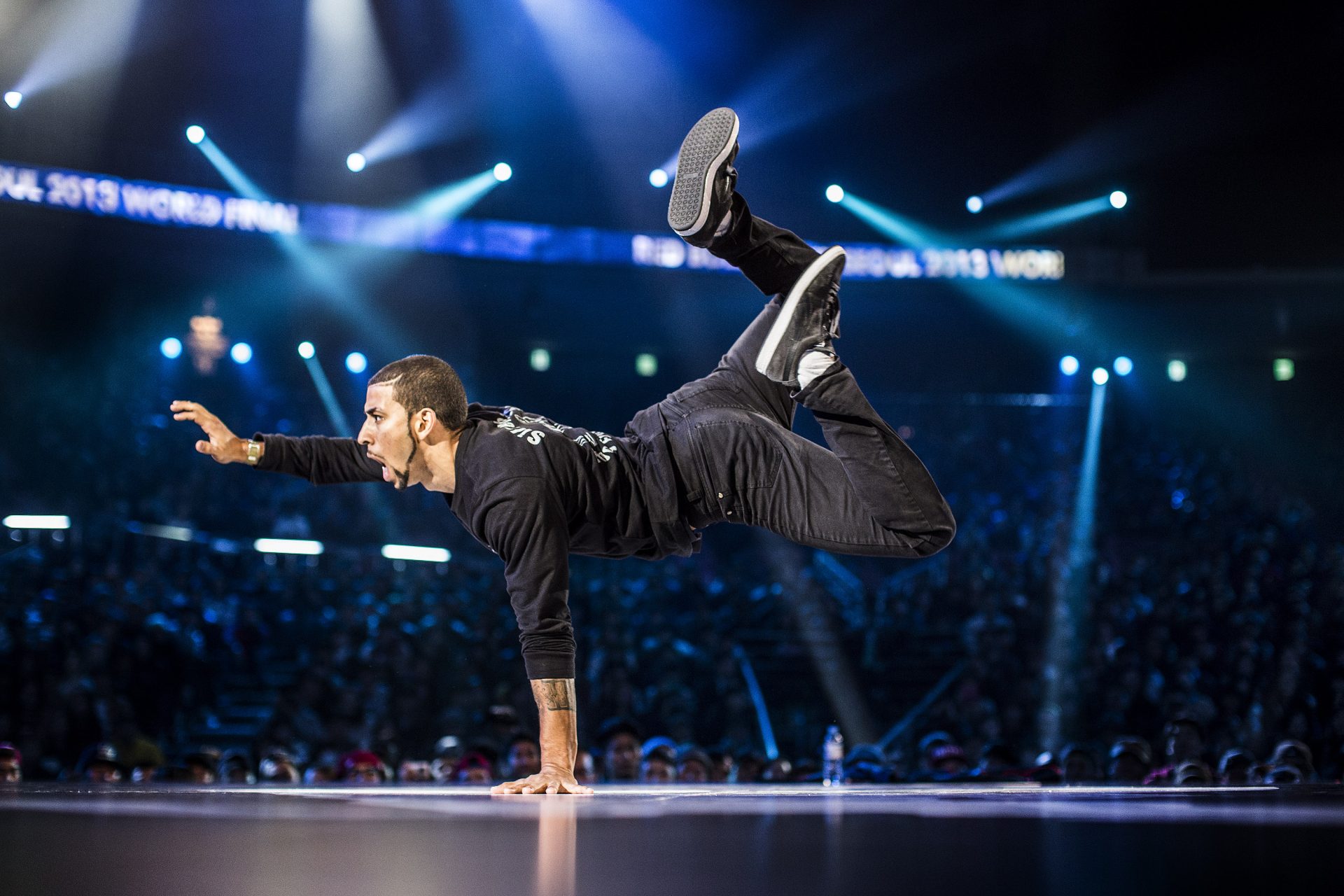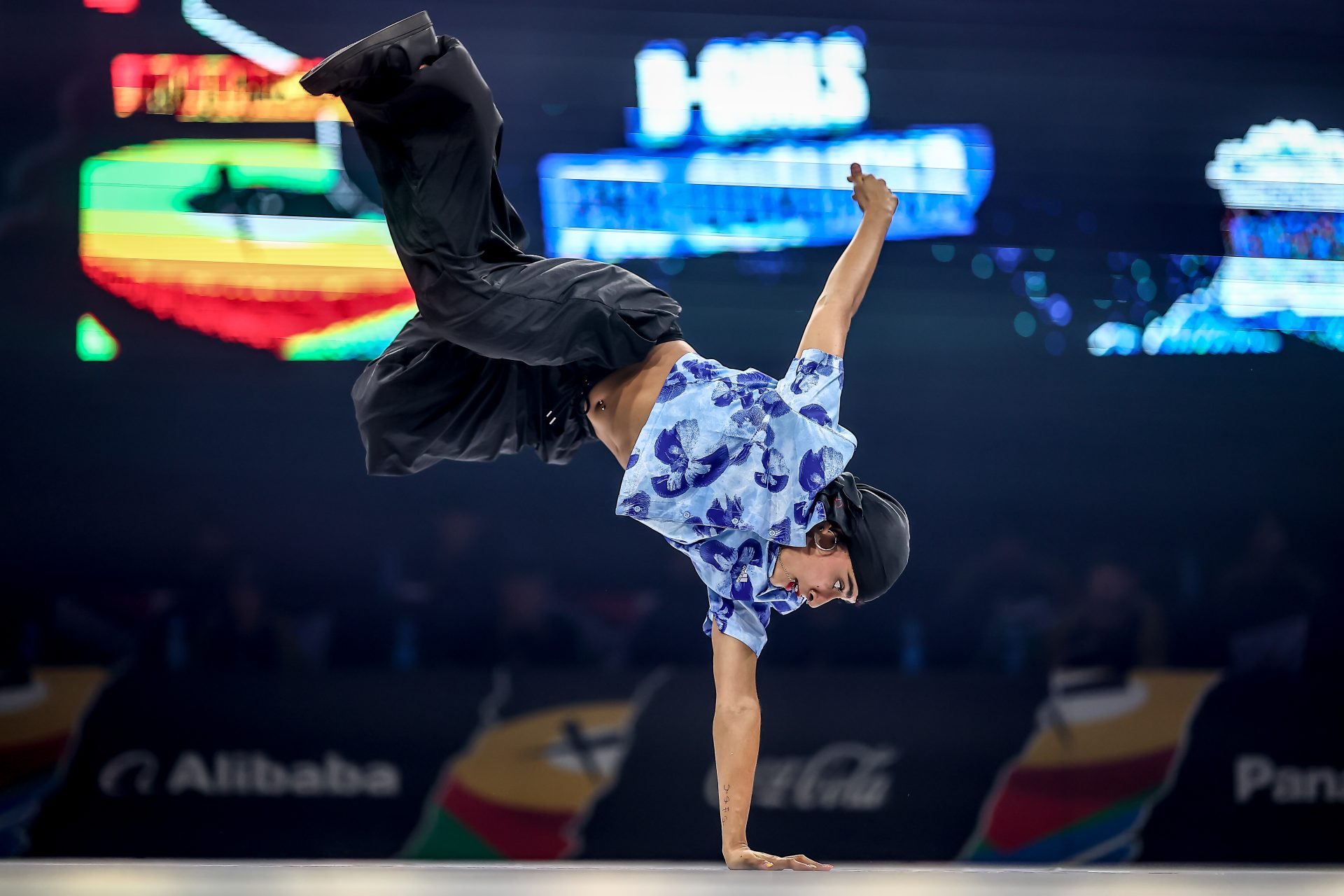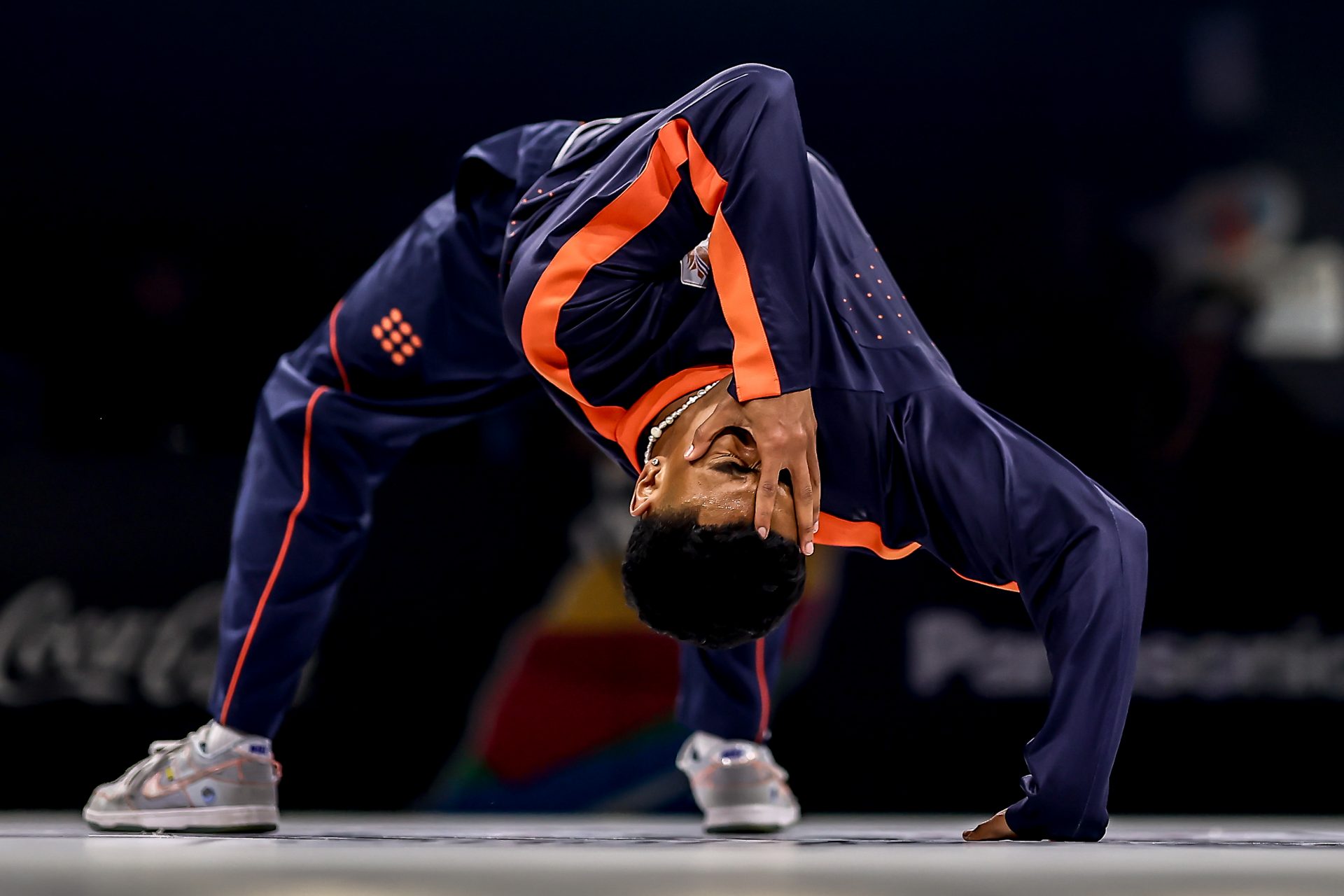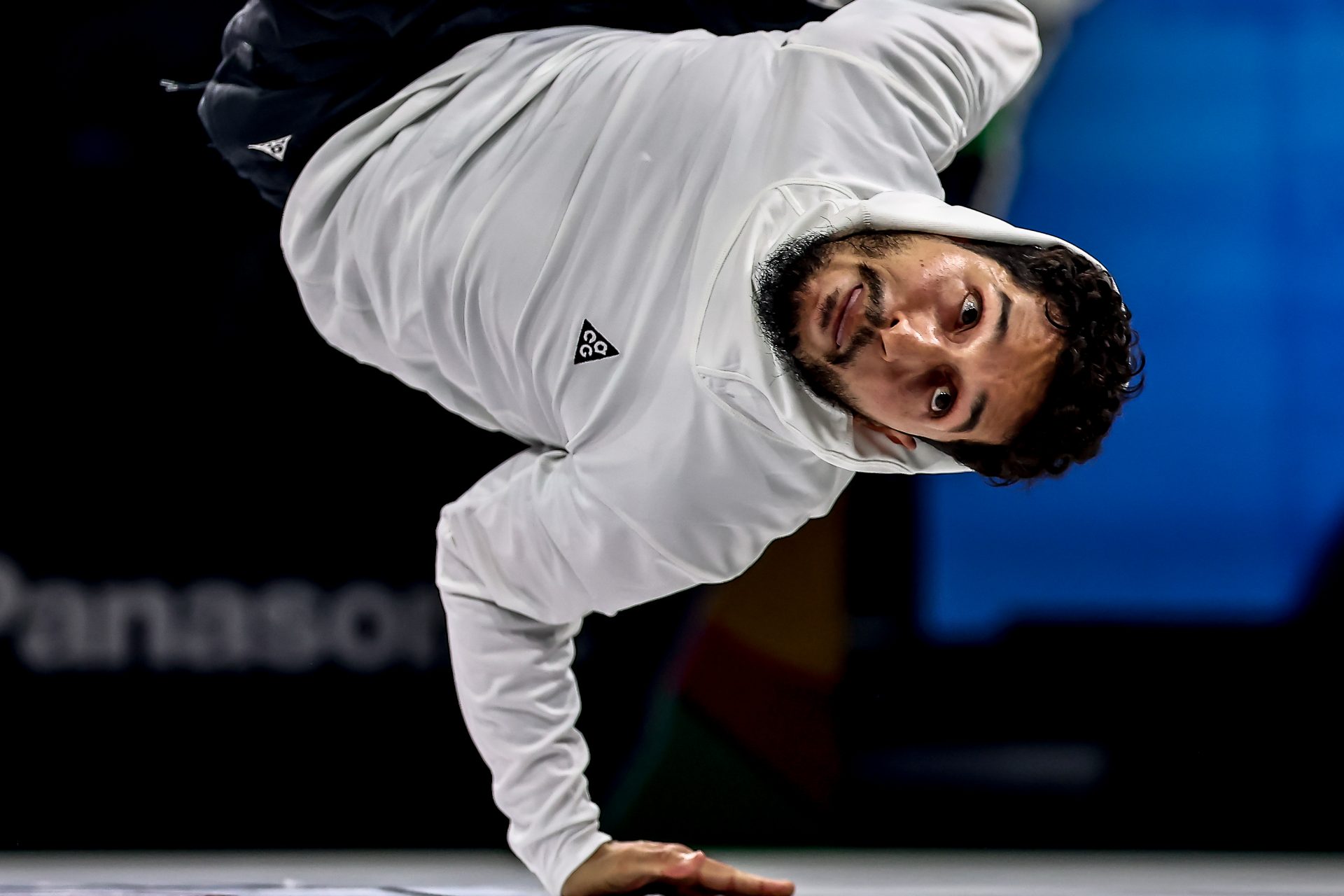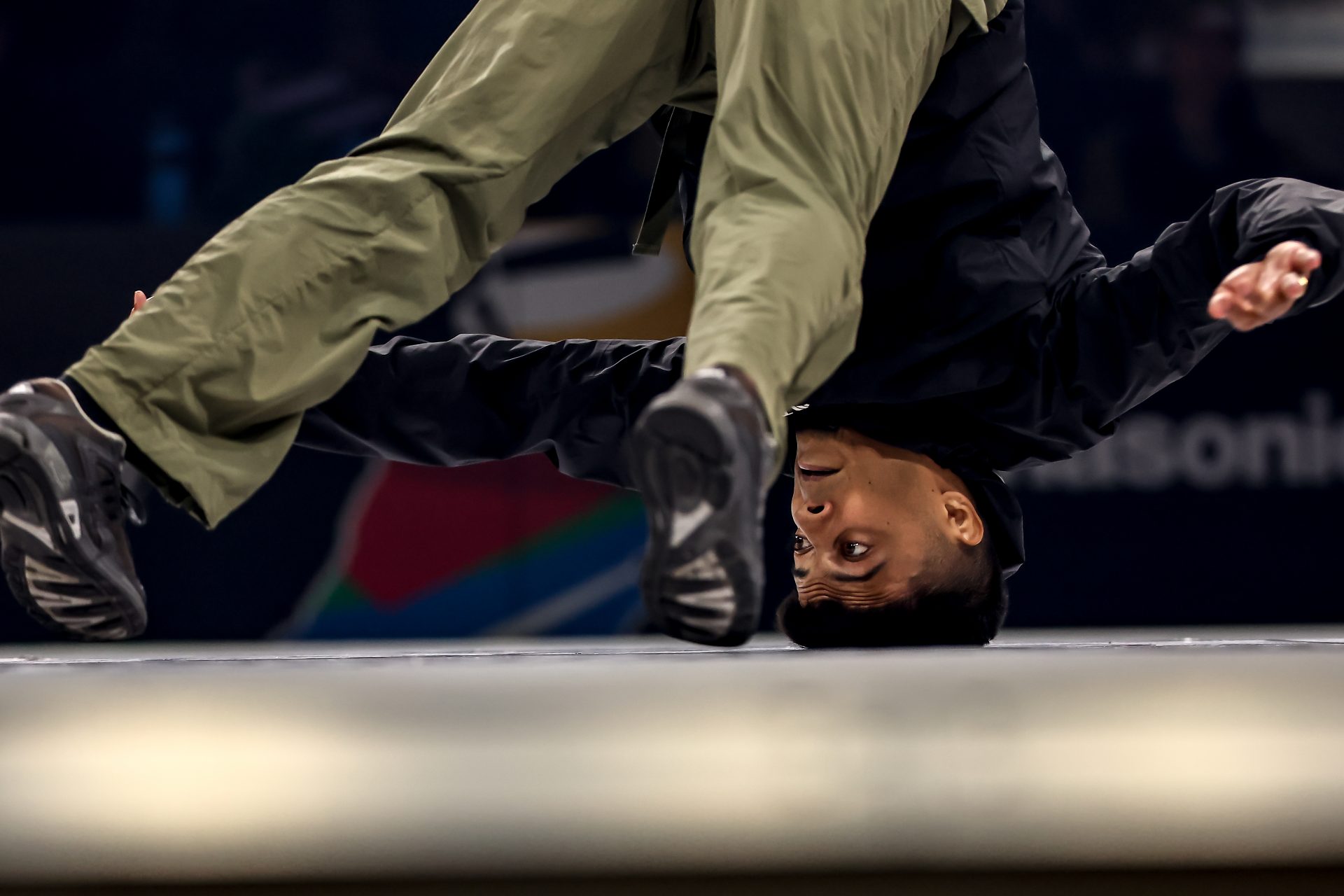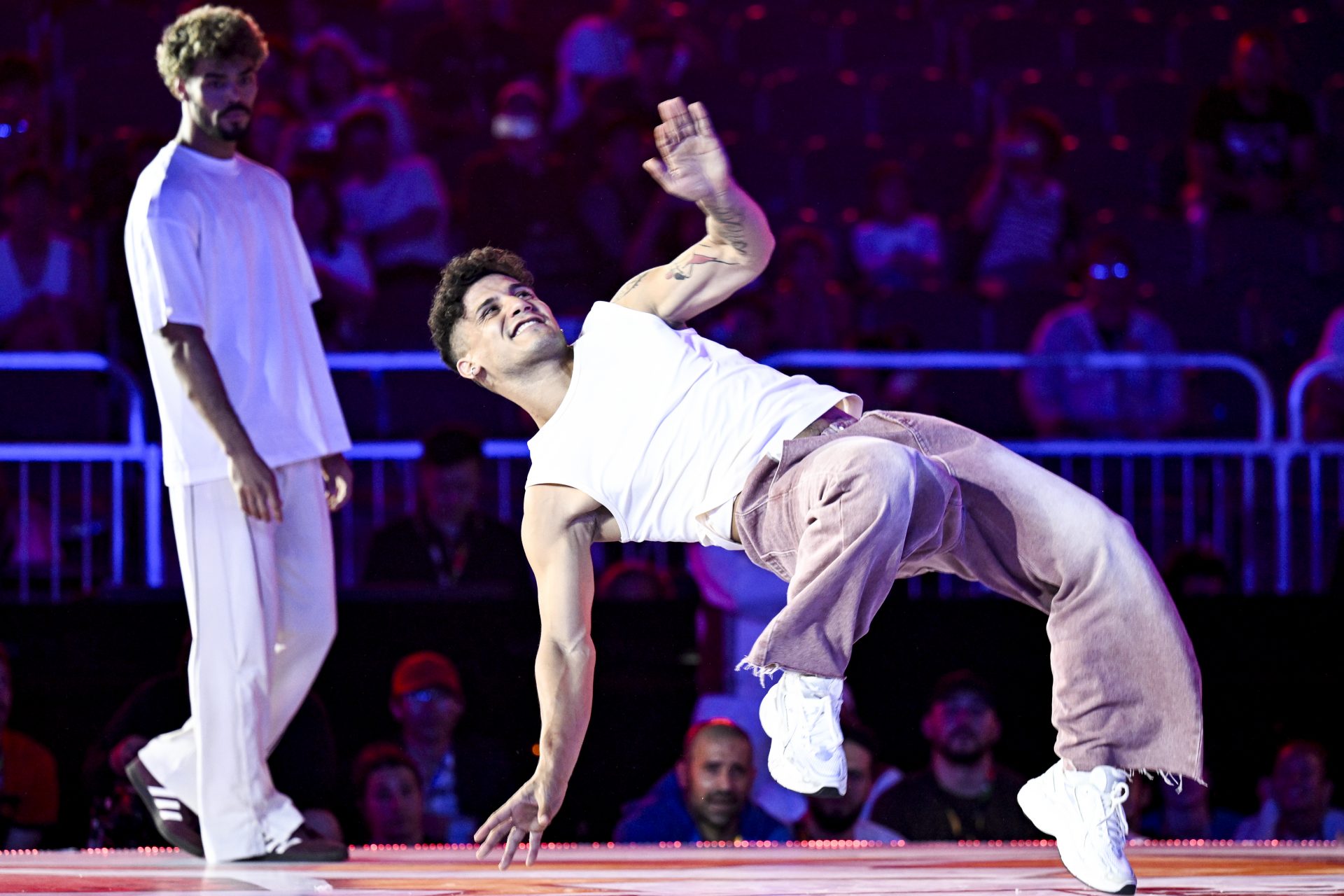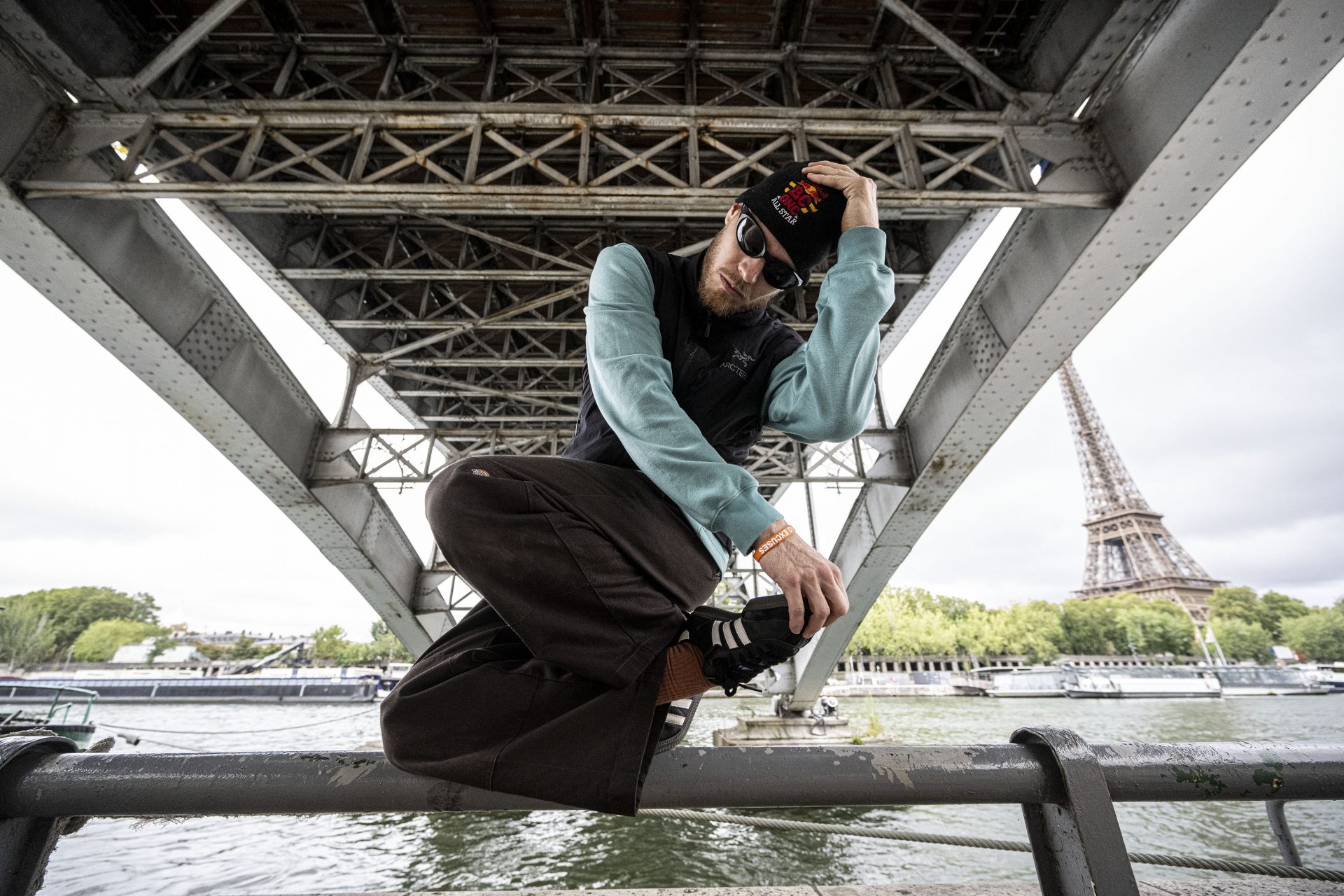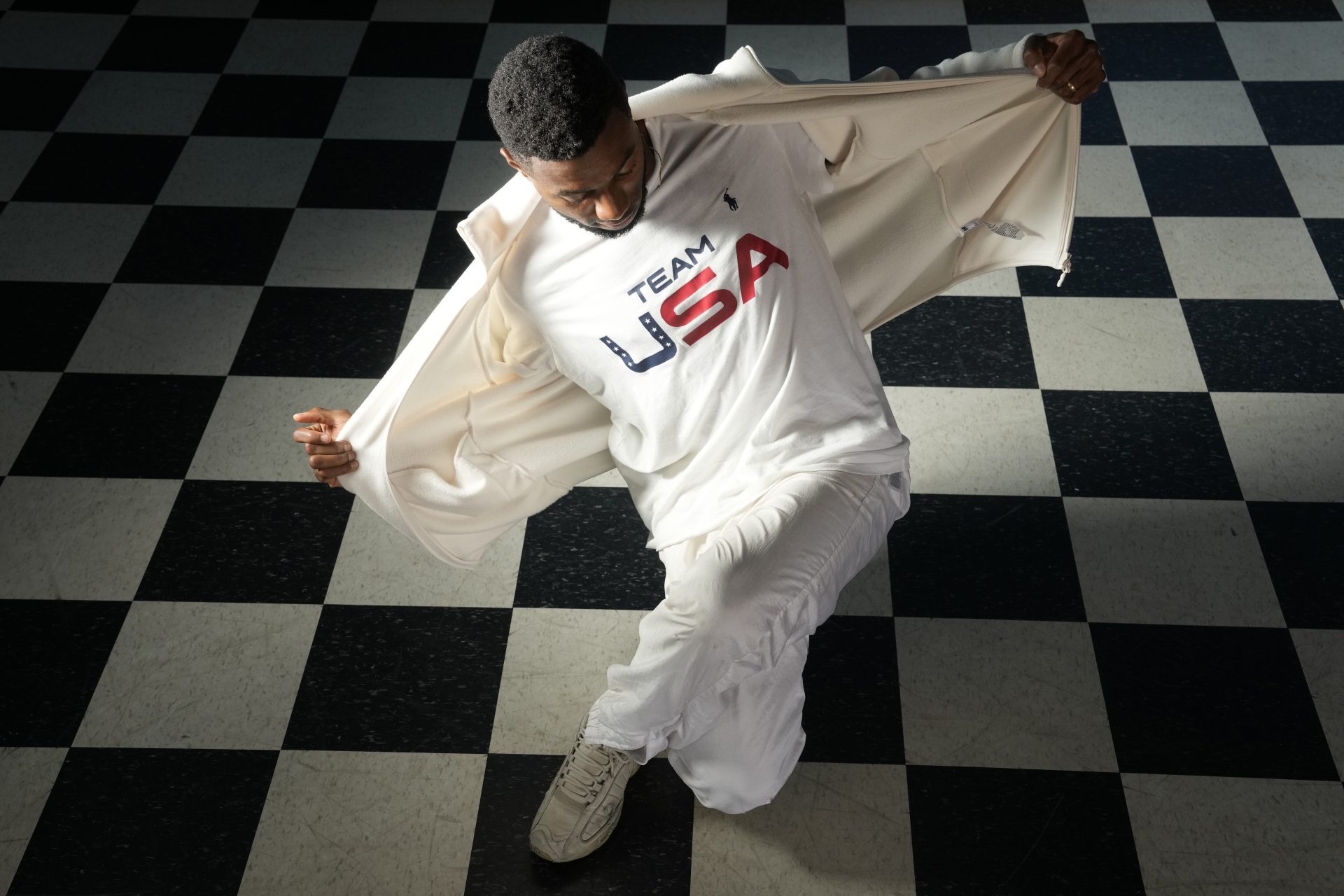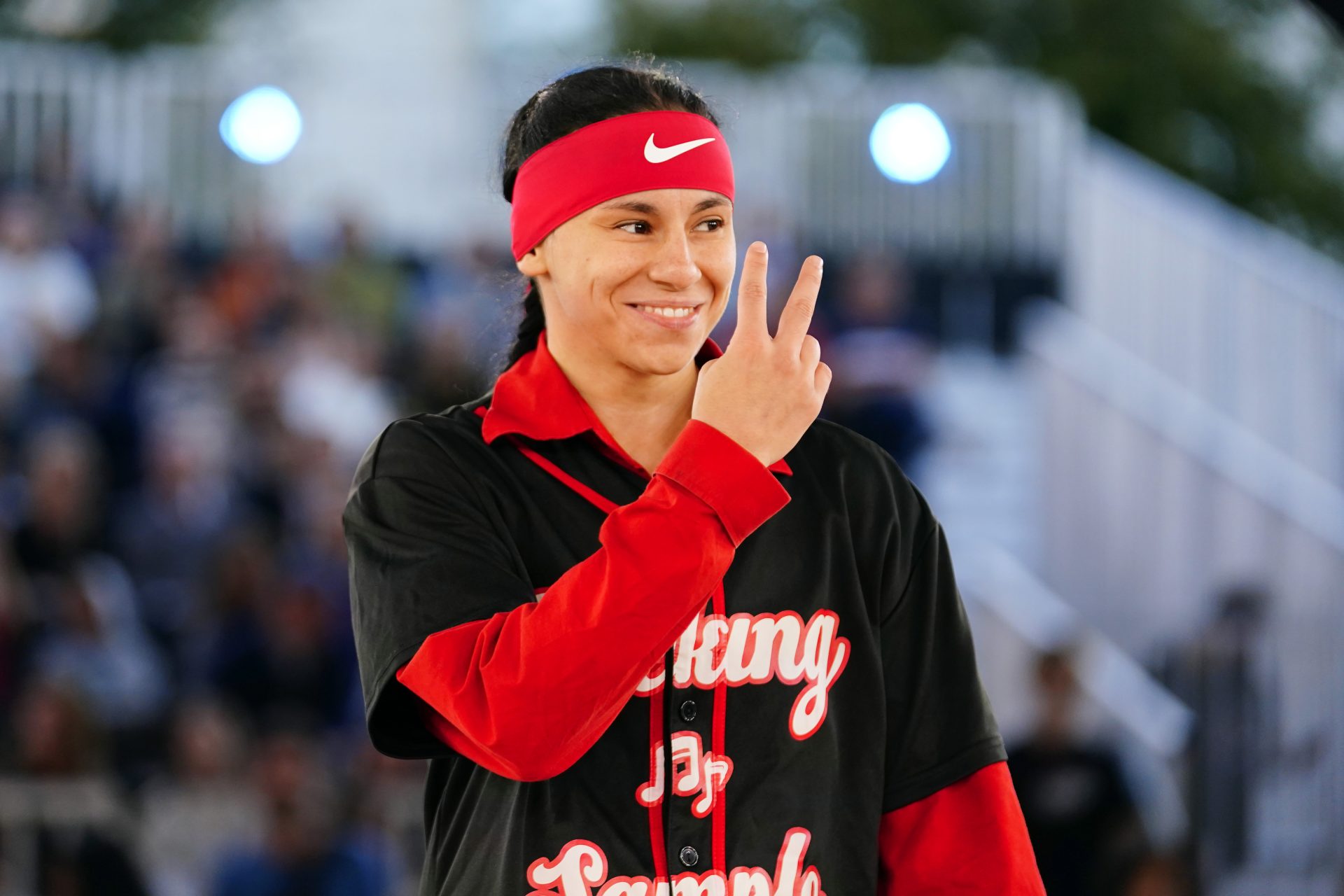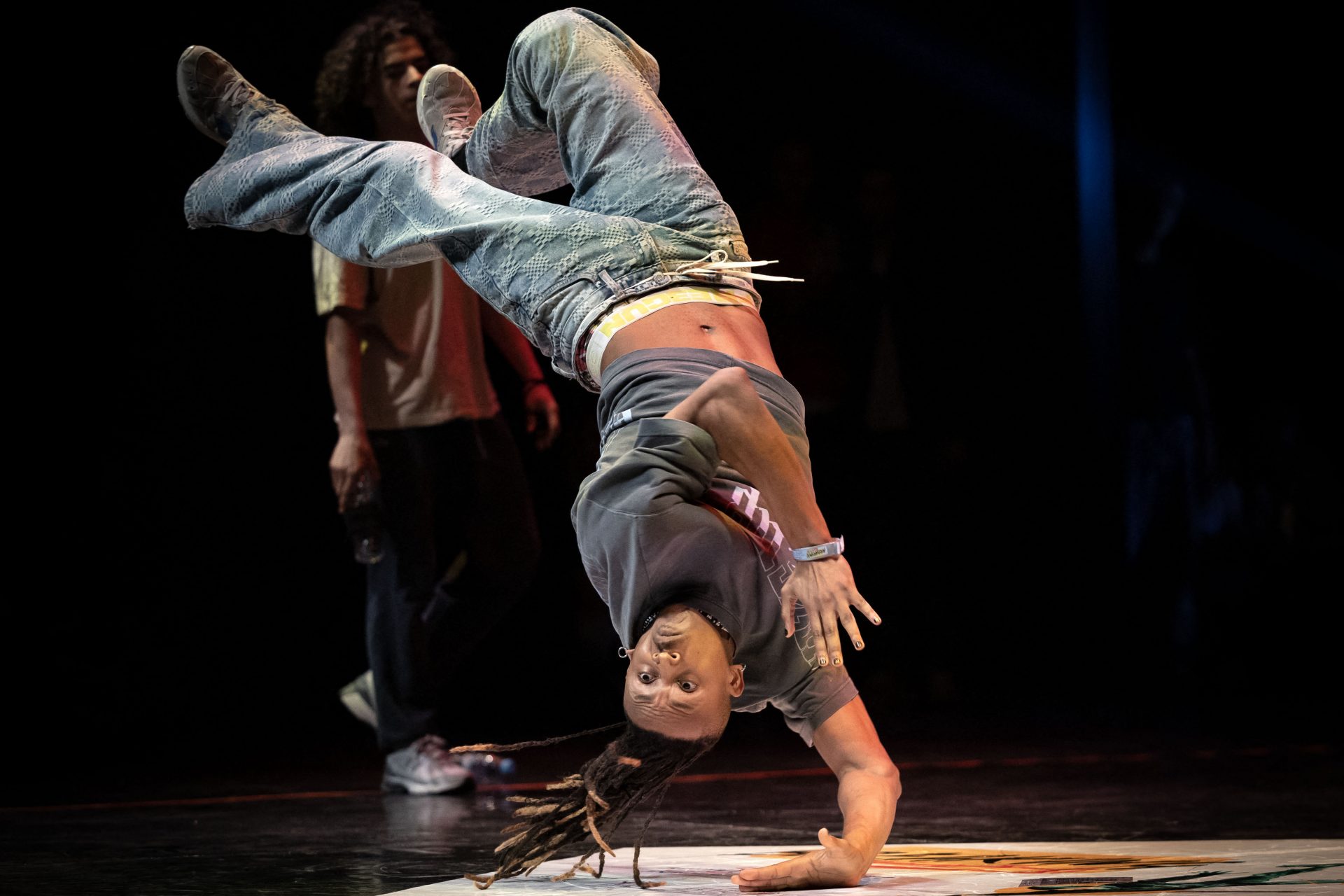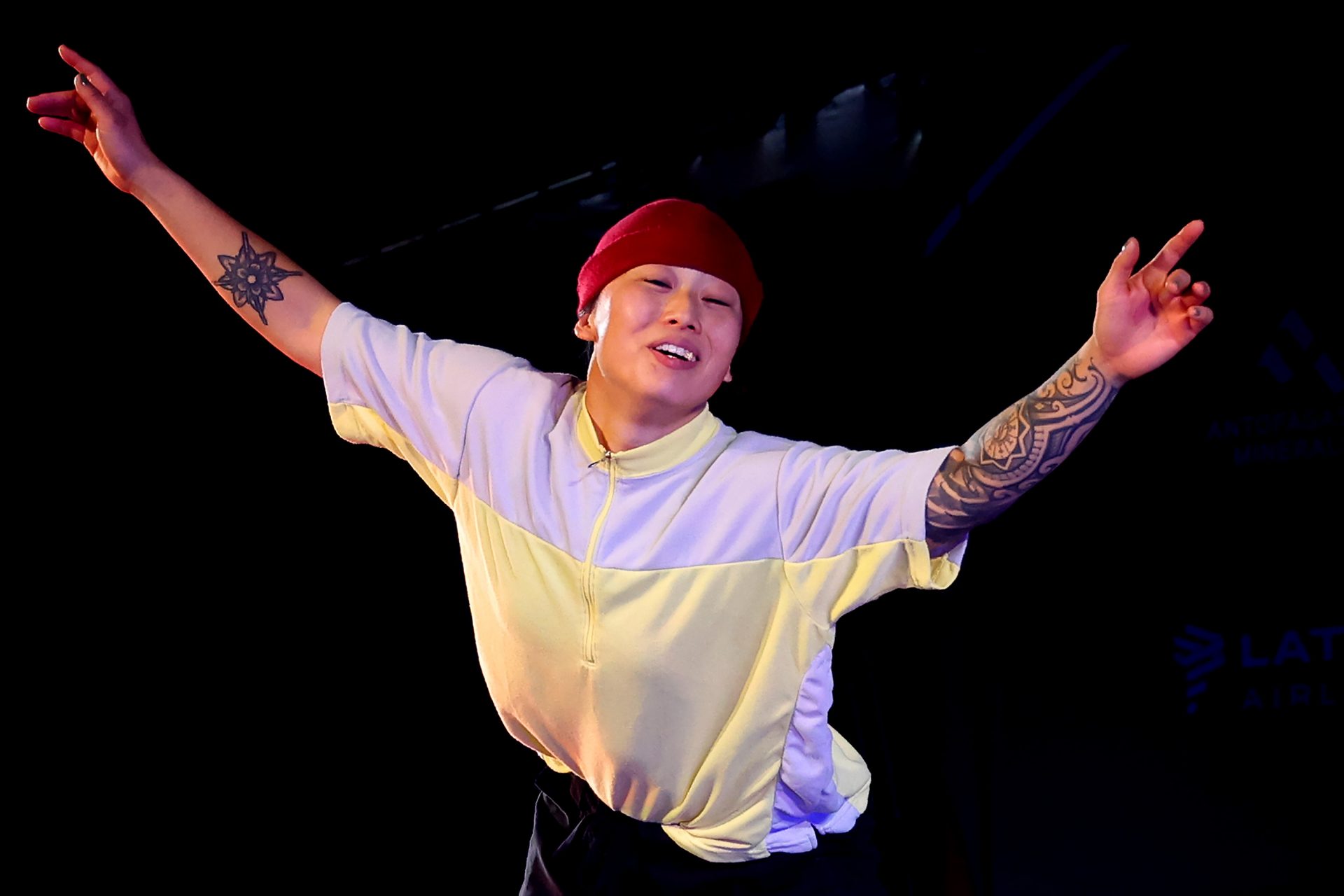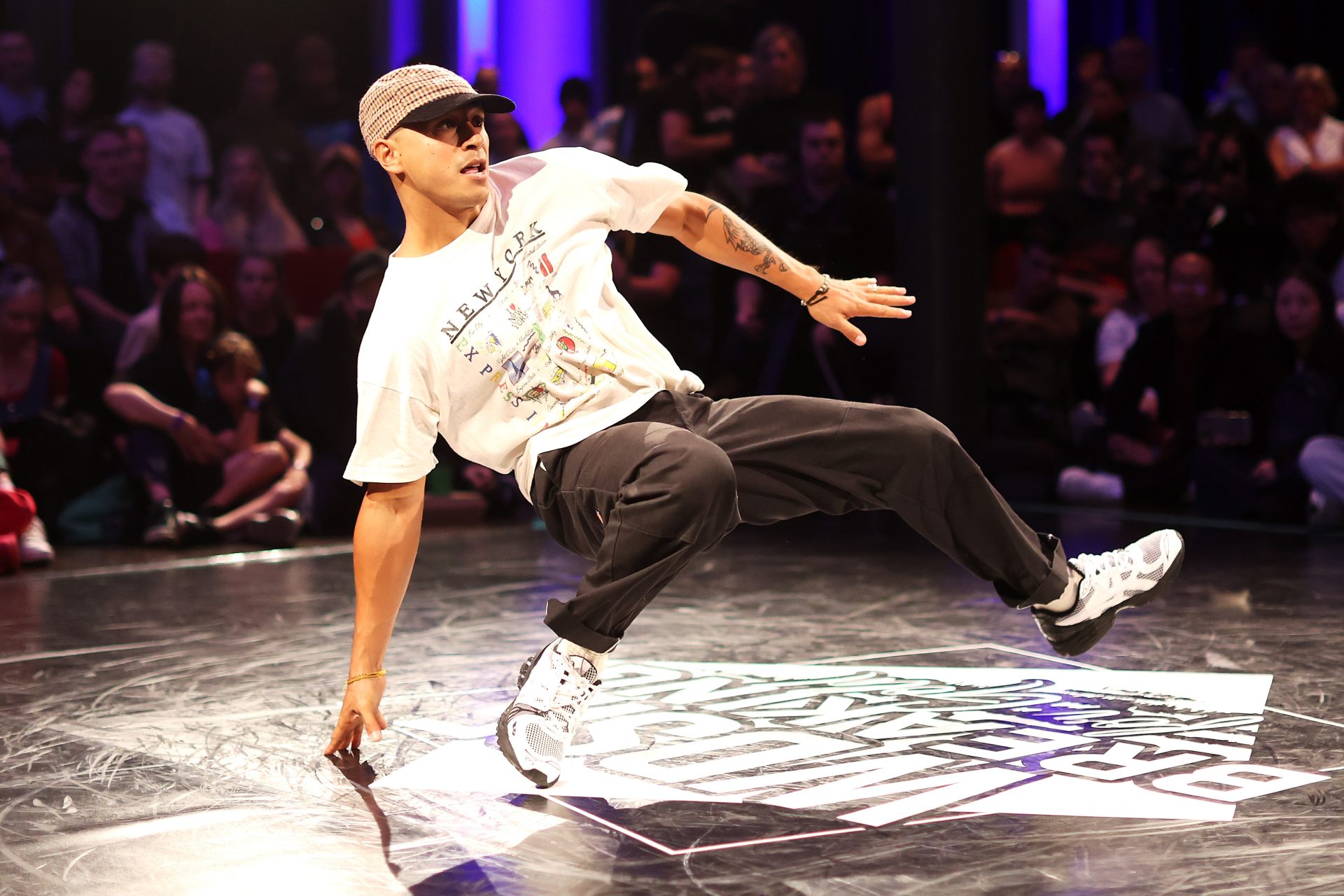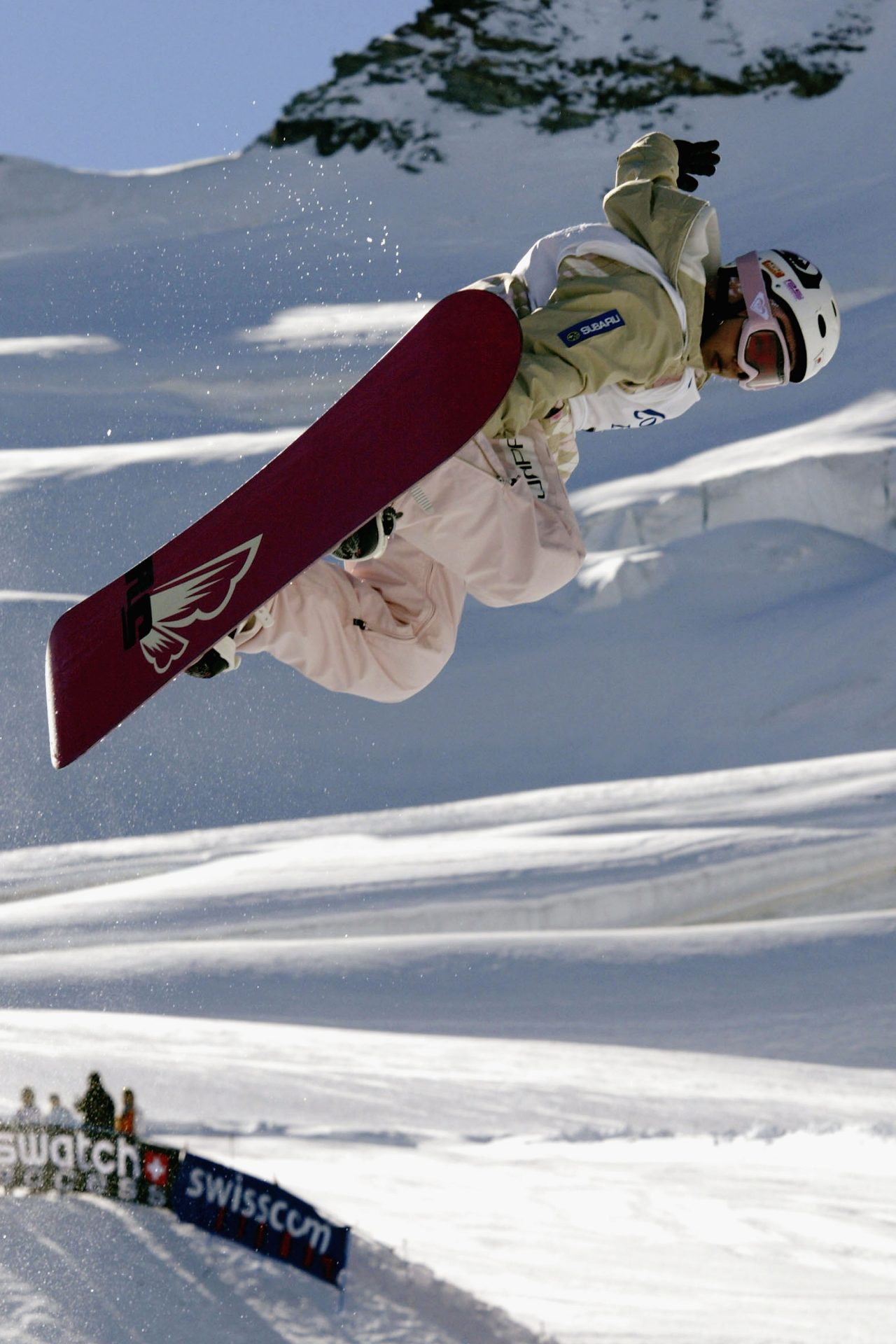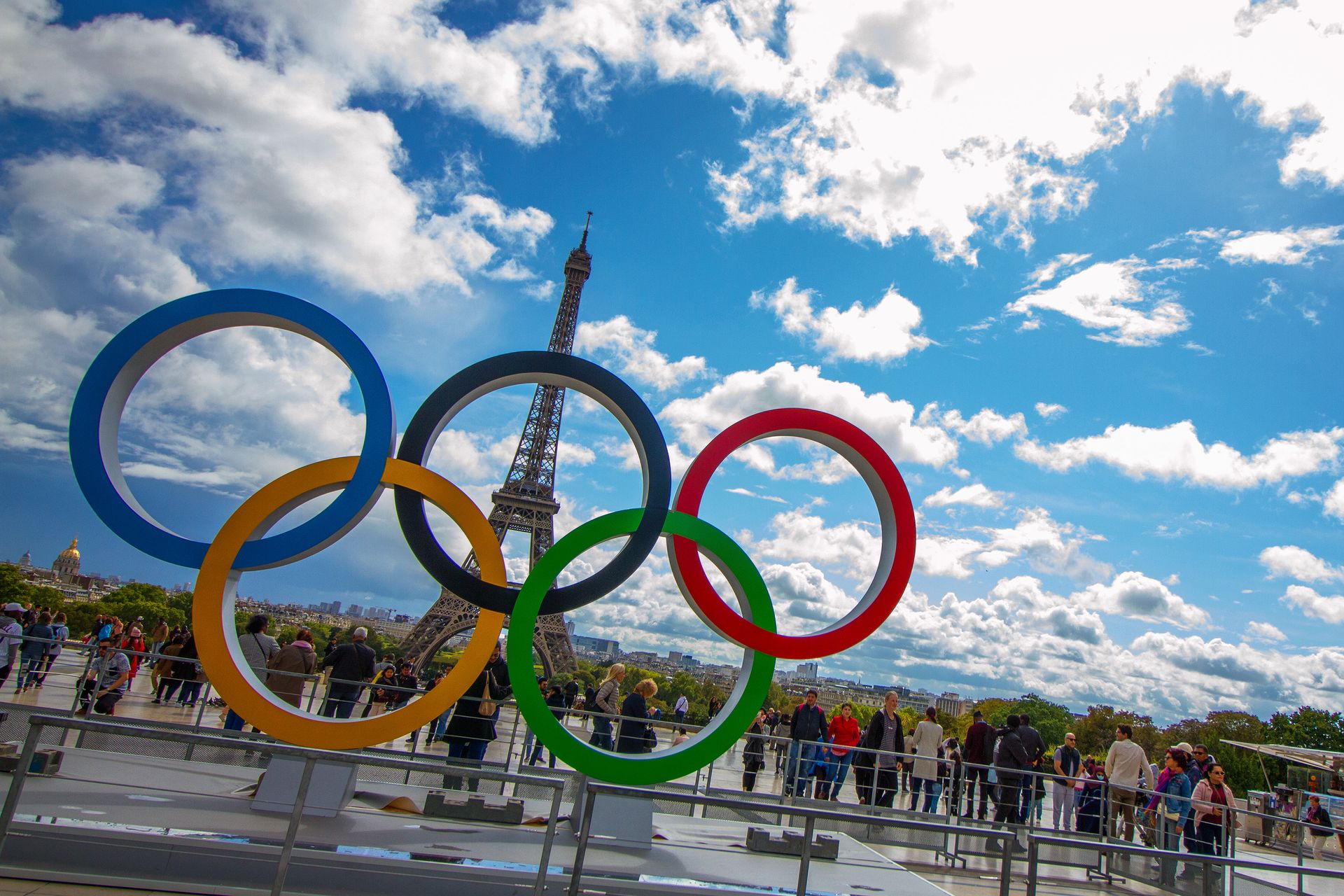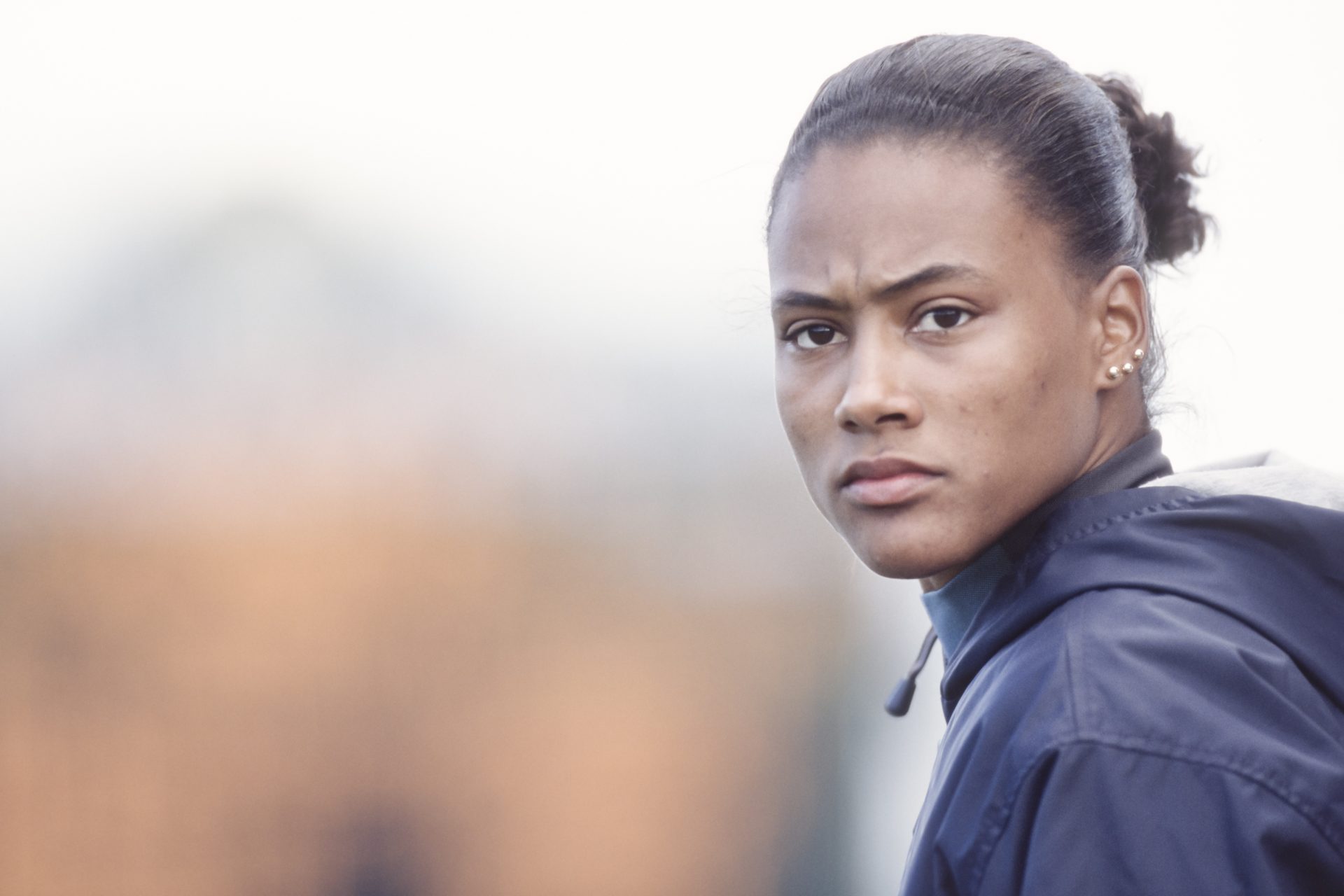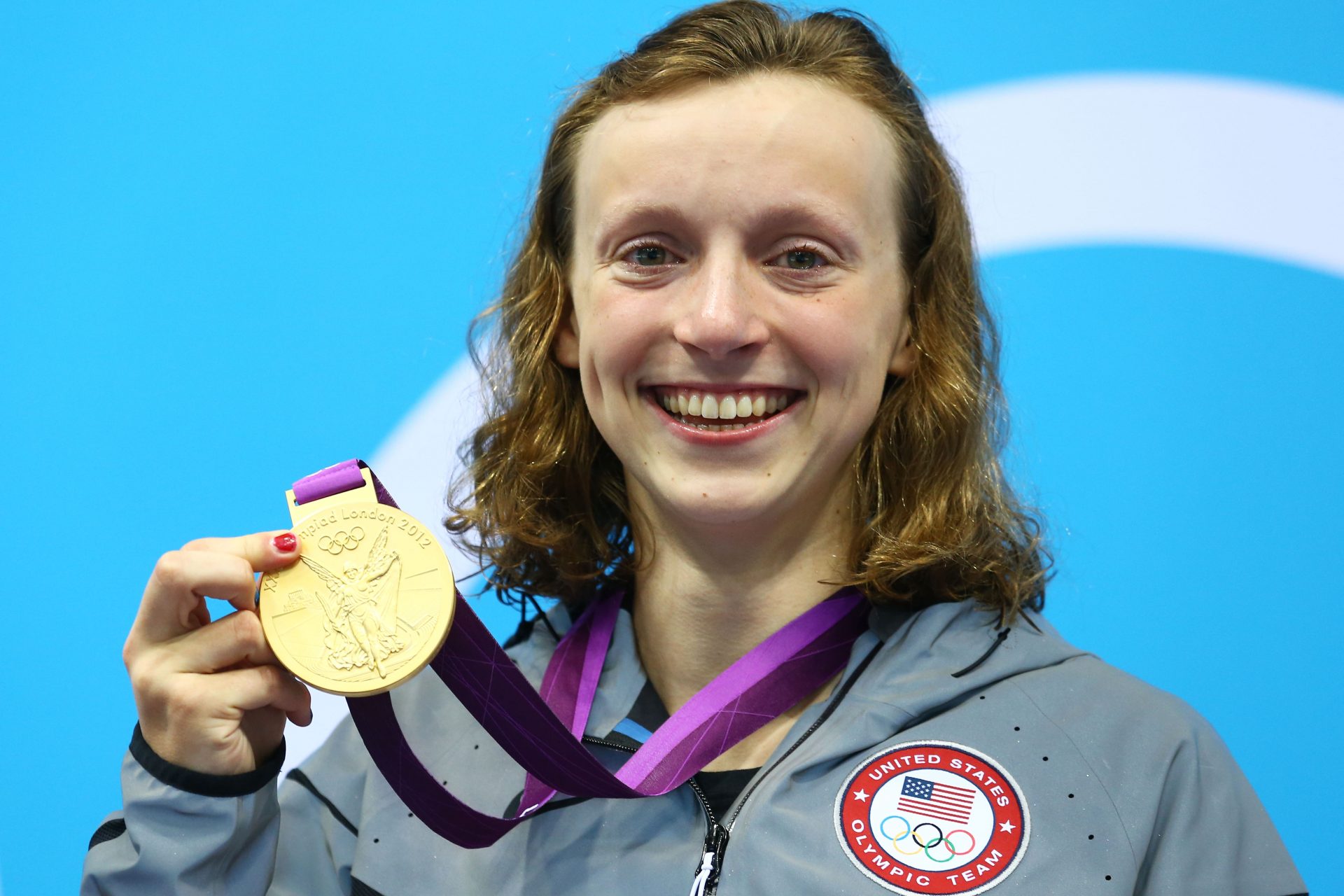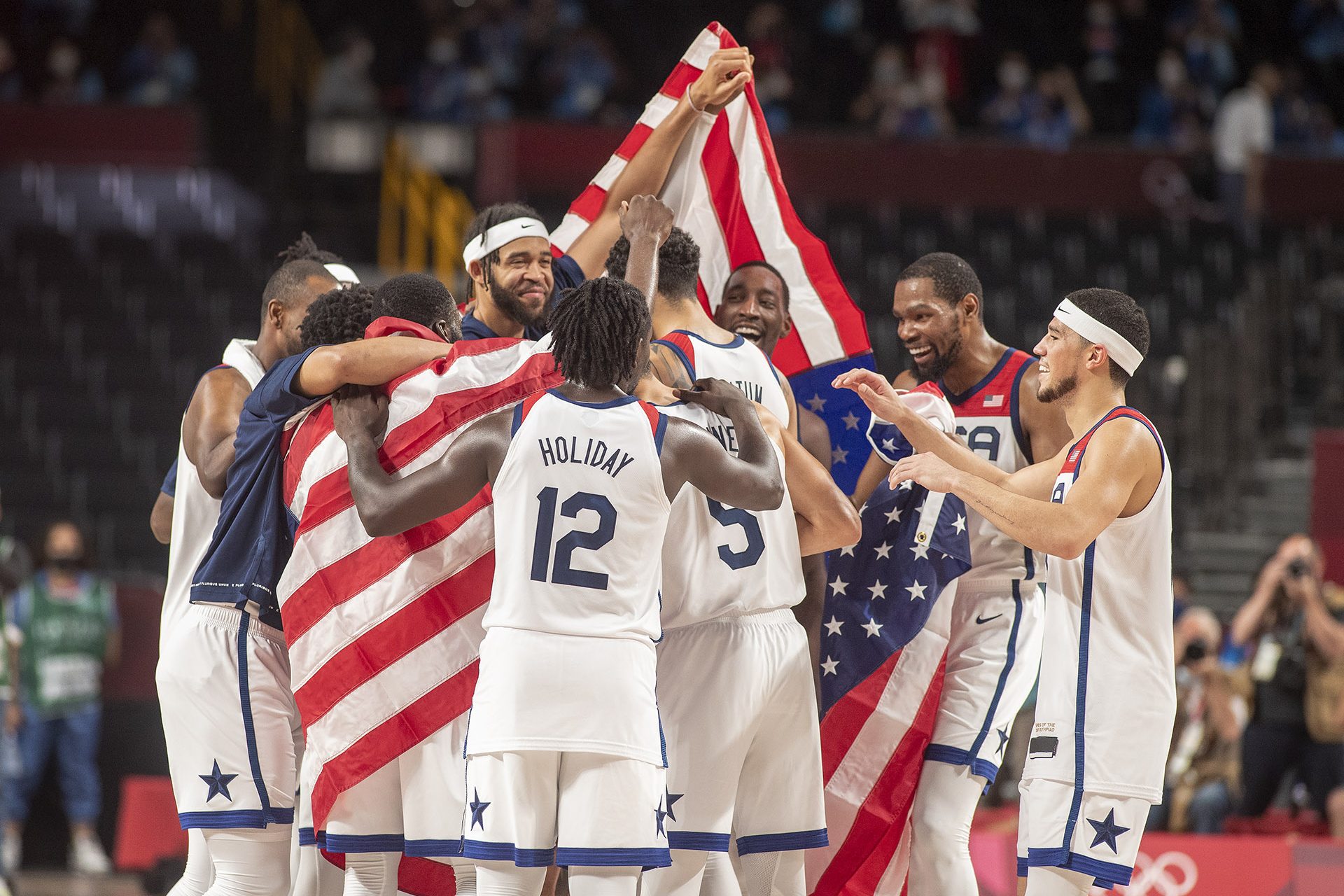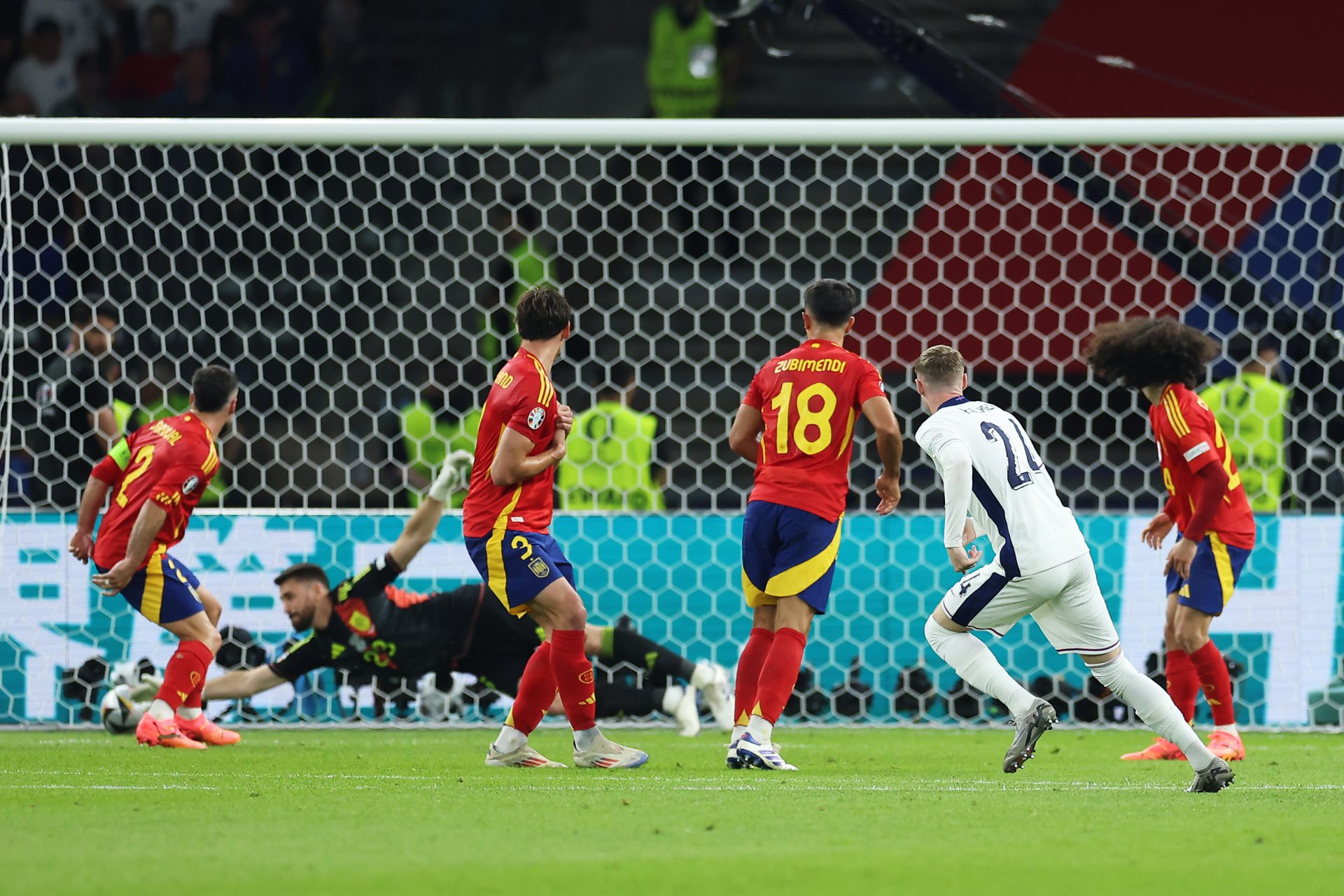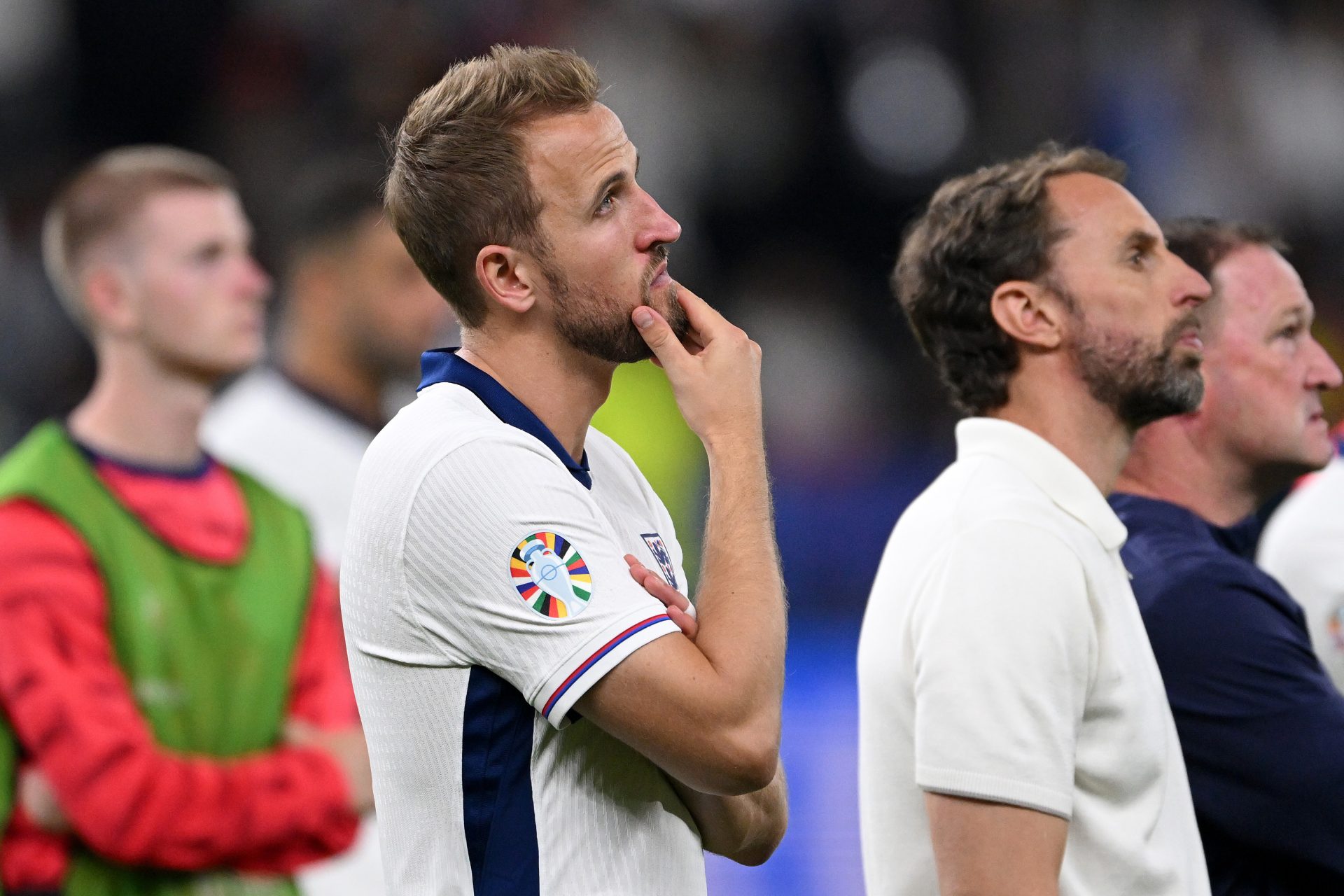Bust a move: All you need to know about breakdancing’s debut at the Olympics
Olympic viewers might be motivated to get off the couch and feel rhythm as they watch the world’s best breakers battle it out for gold this summer. Since this will be new for most people tuning, we’ll take a closer look at the most important details to know heading into “breaking’s” first run at the Olympics.
According to the Olympics’ official website, breakdancing had to pass an important test before being tabbed as a Summer Olympic sport. It was selected as a sport in the Summer Youth Olympic Games in Argentina in 2018, and it was deemed to be a rousing success, which is why it was advanced to the big time in 2024.
NBC News wrote that the IOC (International Olympic Committee) has introduced breaking into the fold in order to attract a younger audience to the Games. During its pilot run in Argentina, it was reported that breaking topped 1 million viewers.
Want to see more like this? Follow us here for daily sports news, profiles and analysis!
Forbes announced in late June that the worldwide breakdancing field will consist of 20 competitors, 10 male and 10 female. This led to some difficult decisions for nations like the United States and Japan. “Riko” from Japan and “Gravity” from the U.S. were left off because of the quota being met.
In addition to the United States and Japan, breakdancers from the Netherlands, South Korea, China, Kazakhstan, Ukraine, France, Chinese Taipei, Italy and Portugal will all be part of the historic field.
B-Boys and B-Girls, as they are known, will face off in one-on-one dance competitions in a best of three format against an opponent from their gender. According to Forbes, a panel of nine judges will score the dancers using Level A of the World DanceSport Federation Breaking Judging System.
The rubric judges will utilize grades five main components of the performance: technique, vocabulary (range of movements), execution, musicality (using movements that correspond to the music in a timely fashion), and originality.
The anticipation and excitement leading up to breaking introduction as an Olympic sport will culminate over a two-day stretch on August 9 and 10.
The events will be held at La Concorde Urban Park.
Want to see more like this? Follow us here for daily sports news, profiles and analysis!
What’s going to be fascinating is that the breakers themselves won’t be choosing their own songs. According to The Conversation’s website, it’s the DJ and MC who will select a tune, and the breakers will have to adapt and adjust their dancing to the chosen song.
“I hope people understand the deepness of breaking, because breaking has a lot of depth. You see a lot of different personalities and these personalities reflect in the way they dress, in the way we move,” B-Boy Menno from the Netherlands told the Olympics’ official website. “You can just see different minds on the floor combined with great athleticism.”
“This is a chance for us to grow and educate people on breaking,” Jeffrey Louis, known as B-Boy Jeffro from the U.S., told NBC News.
Antilai Sandrini of Italy has had a childhood dream of becoming the best breaker she could be. She told Red Bull’s website, “The first day I tried the courses, I found B-Boy Laced and really fell in love with him as a teacher. From then, I knew I wanted to learn from him.”
According to Forbes, breaking originated in the 1970s, and competitions have been in vogue since the 1990s.
A piece in on The Diamondback’s website declines the notion that breakdancing should be in the Olympics. “Dance is not a sport,” they wrote. “It’s an art, no matter what the International Olympic Committee or So You Think You Can Dance judges try to tell you. There is no concrete way to measure one dancer against another.”
AP News touched on the notion that longtime fans of breakdancing are conflicted about its inclusion in the Olympics. There’s a sentiment of accomplishment that the rhythmic dance is finally reaching the masses, but a concern that placing breaking in a box with judges and rules might pre-empt the creative spirit that makes it special in the first place.
Want to see more like this? Follow us here for daily sports news, profiles and analysis!
More for you
Top Stories



